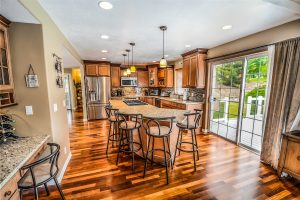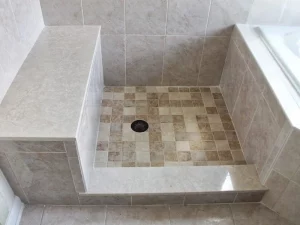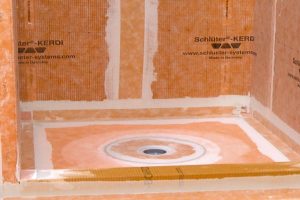What is Pressure Treated Wood?
Pressure-treated wood is a type of lumber that has been pressurized in a tank containing a chemical substance. This chemical seeps into the wood, preventing it from decaying and repelling insects. This makes pressure-treated wood a great option for outdoor construction, such as decks and fences, and for use in areas that are prone to moisture, such as in a crawl space or on a concrete slab.
One of the biggest advantages of pressure-treated wood is that it is resistant to termites. If you want to build something that will not be eaten by termites, then pressure-treated wood is the way to go. However, there are some caveats to this. For example, pressure-treated wood should not be used on playgrounds because the chemical used to treat the wood can be harmful to children if ingested.
Another place where pressure-treated wood should not be used is on the fascia of the edge of a roof line. The reason for this is that as the wood dries, it twists more than normal wood. This can lead to cracking paint, separation from the surface it is nailed to, and even pulling nails out. To prevent this, it is important to use blocking or other methods to keep the wood from twisting and warping.
Another important thing to note is that pressure-treated wood is much wetter than normal wood. This means that it is much heavier and can be difficult to work with. It is important to allow the wood to dry before using it in construction.
Another area where pressure-treated wood is commonly used is on the walls of a house. For example, when building a house with a block wall, it is common to see a piece of pressure-treated wood on top of the block wall and then the truss on top of that. This is done to prevent the wood from rotting due to moisture.
However, building officials and engineers do not always require this. There may be other ways to prevent the wood from rotting, such as using a different type of wood or using a moisture barrier. It is important to consult with a building professional to determine the best course of action.
Pressure-treated wood is also commonly used for furring strips on block walls and for the bottom piece of wood on a wall on a concrete slab. This is done to prevent the wood from rotting due to the moisture that is constantly present in concrete.
In conclusion, pressure-treated wood is a great option for outdoor construction and for areas that are prone to moisture. It is resistant to termites and prevents the wood from rotting. However, it should not be used on playgrounds and in areas where it is not strapped in to prevent twisting and warping. It is important to consult with a building professional to determine the best course of action for your specific project.

 Previous Post
Previous Post Next Post
Next Post


